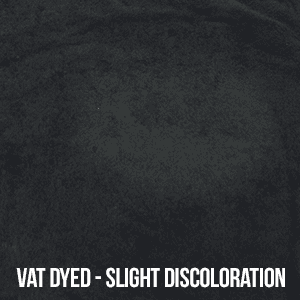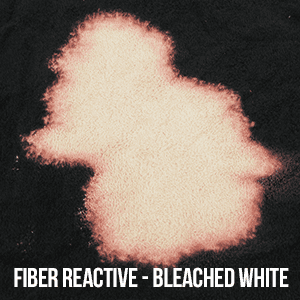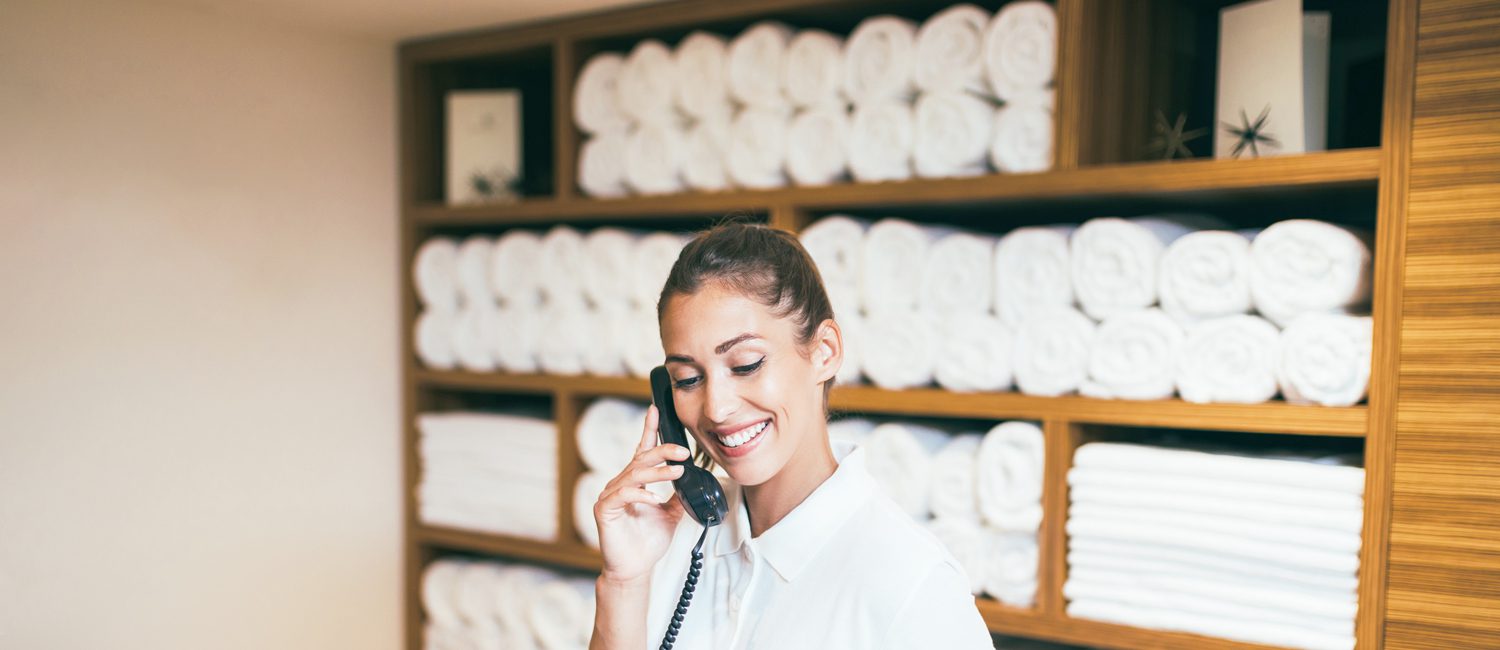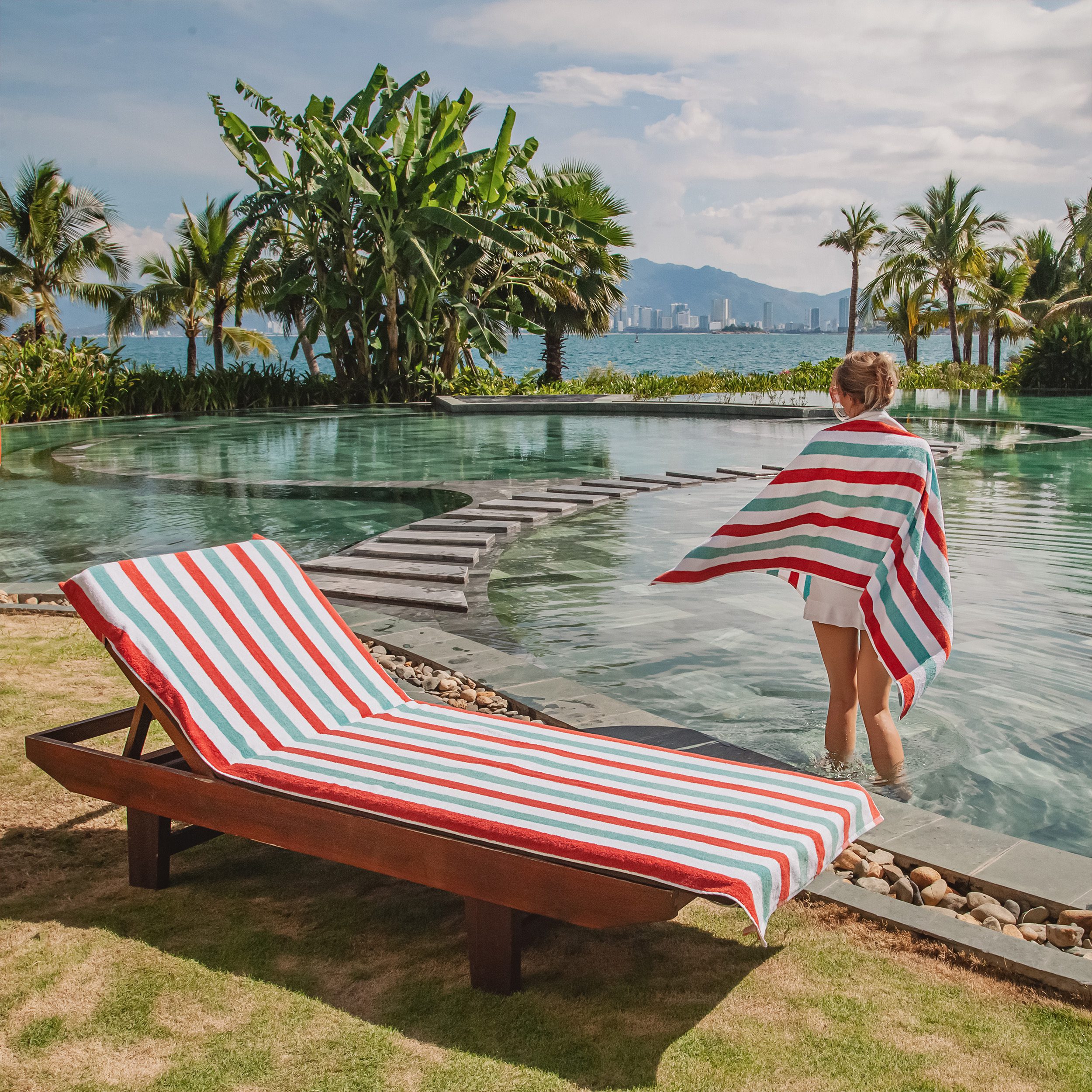What makes a salon stylist towel bleach safe?
How is it that we can carry bleach safe salon towels when beauty salons are more damaging to towels than any other environment? Many products used in the beauty industry contain harsh bleach chemicals to help strip out color and remove polishes. Regular towels turn white with any contact with bleach, but bleach-safe salon towels remain color fast (even when you pour a cup of bleach directly on them.)
There are three main processes in textile dyeing:
- Pigment Dyeing
- Fiber Reactive Dyeing
- Vat Dyeing
Pigment Dyes – Pigment dyeing is mostly used for printing, painting or spot dyeing. It normally comes in powder form and to make it to liquid form, it needs to be mixed with a binder (vehicle) a relatively neutral or colorless material that suspends the pigment and gives the paint its adhesion.
Fiber Reactive Dyes – It is the most common method of dyeing. Today retail towels that are not subject to commercial laundering are often made with fiber reactive dyes. There are various production methods for this type of dyeing – e.g. cold pad batch dyeing, winch dyeing, vessel dyeing. Two or three different chemical compounds are mixed to develop fiber reactive dye stuffs which can be washed up to temperatures of 140°F.
Vat Dyeing – Vat dyeing uses special Vat dye stuffs which have a different chemical structure than regular Fiber Reactive dyes. They are the primary choice where the highest degree of fastness to industrial laundering, weathering, and light-exposure are required. Vat dyes can be classified into four main groups (below) based on the temperature, amount of caustic soda, hydrosulphite, and salt used in dyeing.
- IN Dyes require high temperature, and a large amount of caustic soda and sodium hydrosulphite.
- IW Dyes require medium temperature and a medium amount of caustic soda and sodium hydrosulphite with salt added.
- IK Dyes require low temperature and a small amount of caustic soda and sodium hydrosulphite with salt added.
- IN Special Dyes require more caustic soda and higher temperature than IN dyes.
“IN” above stands for Indanthren dye which is used for our Bleach Safe towels. Towels can be washed at maximum temperature (212°F) without losing color and have a high degree of color and washing fastness. See the below comparison of how Vat dye and Fiber Reactive dyes respond to a cup of bleach.




 Tapash Bhattacharjee
Tapash Bhattacharjee



